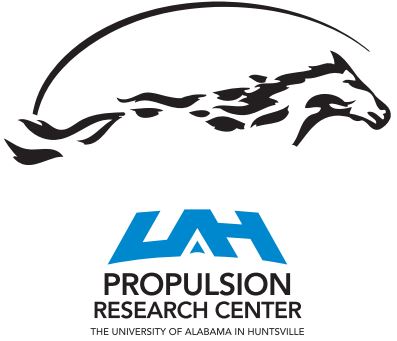Spatial Coherence of Low-Frequency Unsteadiness Associated With a Normal Shock Wave
Source
UAH PRC Research Database
Document Type
Article
Publication Title
Aerospace Science and Technology
Abstract
The present data illustrate a unique analysis approach to explore the physics of shock-wave-flow interactions, based upon correlation and spectral analysis of digitized shadowgraph visualization time-sequence data. As such, demonstration is provided of the use of high resolution, flow visualization data for quantitative correlation and spectral analysis. A shadowgraph system is employed to visualize time-varying, shock wave flow features within the test section of one leg of the transonic/supersonic wind tunnel (which is also referred to as the SS/TS/WT or SuperSonic/TranSonic/WindTunnel), located within the Propulsion Research Center of the University of Alabama in Huntsville. Of interest is a flow field with a well-defined normal shock wave, lambda foot, and separated turbulent boundary layer near the entrance of the lower flow passage (which is part of the test section), produced with a test section inlet Mach number of 1.54. Shadowgraph flow visualization images are processed from different pixel locations to compute frequency spectra. Data associated with two separate pixel region locations, each from a different flow region, are employed to determine magnitude squared coherence values, and associated time lag magnitudes. The data associated with lower Strouhal numbers in vicinity of 0.0013 and 0.0039 (which correspond to respective frequencies of 5 Hz and 15 Hz) illustrate important and pronounced interactions between the normal shock wave and the boundary layer separation zone. As this zone breathes and oscillates, additional flow locations are affected in a subsequent and significant manner. With Strouhal numbers in the vicinity of 0.0091, 0.0104, and 0.0260 (which correspond to respective frequencies of 35, 40, and 100 Hz), the most pronounced and significant interactions between the normal shock wave occur with respect to the downstream boundary layer. When Str equals 0.0091, spatially-varying time lag data show events with significant coherence propagate from a range of locations within the downstream boundary layer to the normal shock wave location. As such, events which originate within the downstream boundary layer at these experimental conditions are far more important (compared to events which originate with the upstream boundary layer) in regard to their effects on shock wave unsteadiness and associated flow motions.
First Page
106637
DOI
https://doi.org/10.1016/j.ast.2021.106637
Publication Date
5-1-2021
Recommended Citation
Cox, Matthew; Ligrani, Phillip M.; and Goethals, Kyle, "Spatial Coherence of Low-Frequency Unsteadiness Associated With a Normal Shock Wave" (2021). PRC-Affiliated Research. 32.
https://louis.uah.edu/prc-research/32


